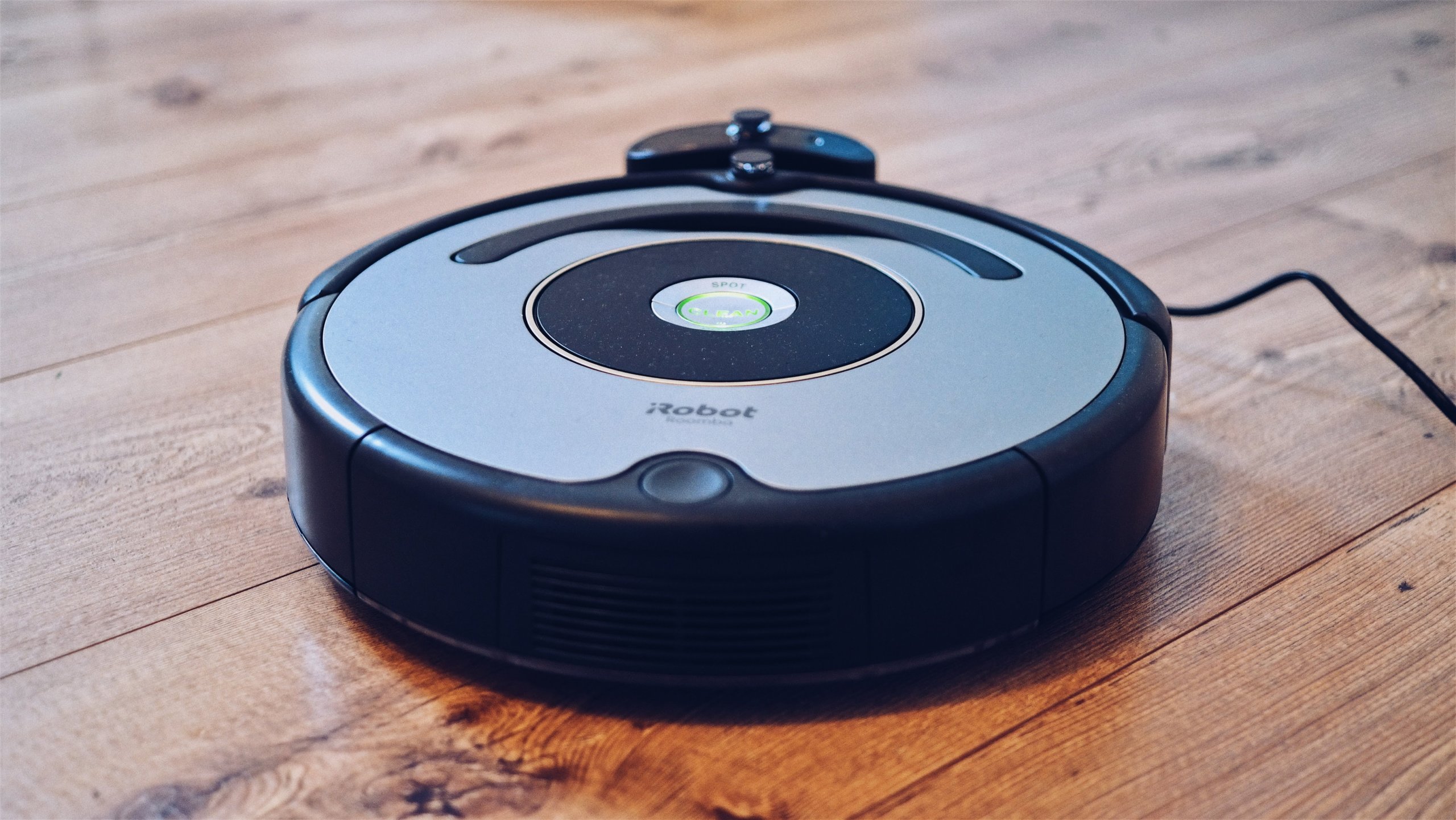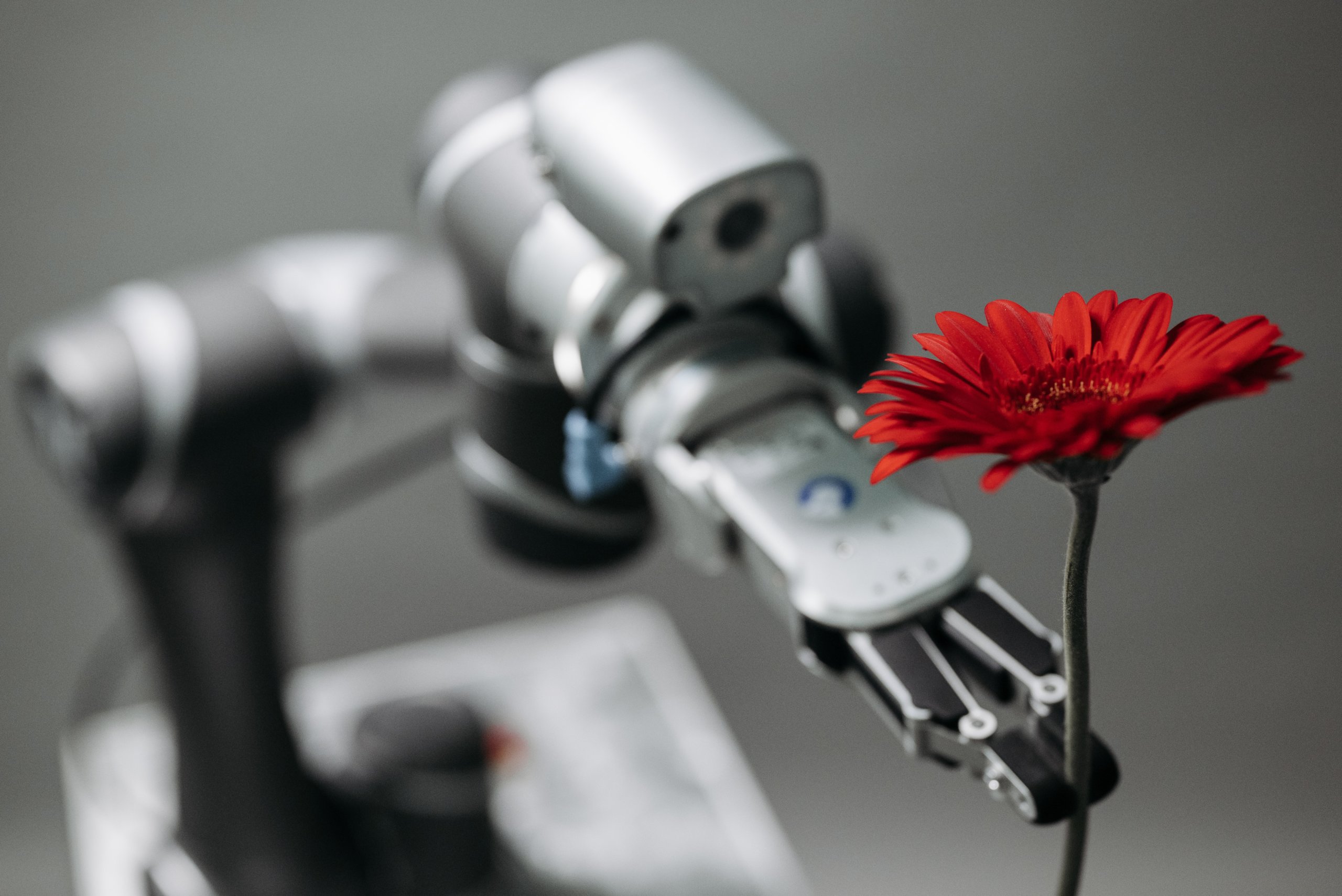
In a recent data science competition, a trio of Google researchers placed their bets on AutoML, an artificial intelligence (AI) software designed and developed by the tech titan to do the work of a data scientist.
Is this the first step towards AI experts making themselves obsolete?
Standing out From the Crowd
A few weeks ago, the San Francisco development scene experienced an unusual phenomenon: speed dating. At the Beaux Arts Ballroom, more than 200 people participated in ice breakers to find the perfect match. Questions like “What’s your preferred programming language?” and “What’s your favorite data analysis framework?” were used to test potential partners.
Obviously, the end goal in this case was not romance. Each attendee was a top performer on Kaggle.com, a site that has transformed data science into a sort of sport. And they were there to group up with other top-tier data scientists to compete in an 8.5-hour-long data challenge.

The contest was a part of Kaggle Days, an event organized by data science and machine learning startup LogicAI to bring together the top-ranking Kagglers for some offline mingling. For this challenge, newly formed teams were tasked with predicting bad batches in factory output from an anonymous auto parts maker’s data.
One team stood out from the getgo: three Google researchers who were there to put AutoML to the test. AutoML is software designed to streamline machine learning solutions for developers with limited AI experience. Basically, it does a lot of work usually reserved for data scientists.
Overhead on a large screen was a leaderboard which projected competitors’ current scores. During the contest, Kagglers could submit their code to the site for testing and receive a score which was then posted to the leaderboard. Final scores and rankings aren’t revealed until the very end.
Two hours into this challenge, Google’s AutoML team submitted its first iteration of auto-generated code. And within a matter of minutes, they held second place on the leaderboard.
Will AI Soon Disrupt Data Science?
Recent advancements in AI development have raised concerns about the effects the technology will have on humanity’s role in society. For the most part, headlines have focused on AI’s disruption of more manual jobs like truck driving or warehouse operations.
But this recent Kaggle event offered something new: it shined a light on AI’s potential to affect other areas of the labor market. And in the case of AutoML, the ones working on it, in a way, are working on developing technology to disrupt their own line of work.
Vladimir Iglovikov is one of Kaggle’s top-ranking “grandmasters.” He was present at this event to lend out tips to competitors. Originally, he worked on data analysis for a collection agency. Now, he works on autonomous car vision systems at Lyft. He credits Kaggle for this transition; it’s well known that top Kagglers become highly sought after in the tech industry.
Does Iglovikov think AutoML will soon change this all? Not exactly — like many other grandmasters present, Iglovikov thinks AI cannot yet match the creativity of the world’s top data scientists. But he does see the unprecedented value automated AI could bring to companies.
“I can replace some of my time with a computer’s time,” Iglovikov explains. He believes that companies that are struggling to prioritize data science due to a lack of know-how and resources would benefit most. Plus, Iglovikov points out, software doesn’t need a salary or a vacation.
Something Straight from Science Fiction
The origins of AutoML resemble a sci-fi script. Roughly three years ago, Google’s AI researchers set out to create software that could create more AI software to take care of some of their workload. And it seems like they accomplished that — not long after, they had a metal-level AI that could do parts of their job better than them.
Many of the AI advancements that consumers now have access to today, like smart speakers, were made possible by neural networks, algorithms consisting of interconnected “artificial neurons.” Much of Google’s AI expertise comes from its researchers devising new architectures for these networks, allowing them to process data in more efficient ways.

One of AutoML’s most unique qualities is its ability to generate and test new neural network architectures automatically. This is actually one of the ways it excels over human AI experts. To put this in perspective, the best results achieved for visual AI software (ImageNet) was accomplished by neural networks designed by other neural networks.
So, Who Won?
While a commercial edition of AutoML is available, the team of Googlers in this competition employed a research grade edition of it. Before noon, they submitted their second set of code from AutoML — it took the lead.
This revelation turned out to be a surprise for Quoc Le, one of Google’s team members who also spearheaded the creation of AutoML. Le and his team were hoping to finish in the top 10 percent of the contest. Two hours before the end of the competition, AutoML still held on tightly to first place. At 5:30 pm, participants gathered to see the final results: AutoML had come in second place.
Erkut Aykutlug, a Sony data scientist, and Mark Peng of Minneapolis-based startup Exosite, had managed to beat the machine at the last minute. Not bad for a duo who had only met for the first time that morning! Peng credits their victory to the insight gained from building several different types of models to look at the dataset.
While others were sweating the competition, Peng remained completely unphased by AutoML’s prowess. “I don’t think AutoML will replace data scientists,” he says, citing that the resources needed to make AutoML practical are beyond the reach of most organizations. Google thinks it can address this by increasing the power of its in-house AI chips to make AutoML cheaper and smarter.
Remaining ever cheerful, Le was not sad to see the first place honors go to another competitor. If anything, it only left him curious: “I’m impressed by this team, I want to ask a little bit about how they did it.”
It seems that AI still has some ways to go before it replaces the experts who are developing it. “Humans have lots of knowledge that I don’t think AutoML will be able to figure out,” Le explains. Still, that not’s stopping him from thinking of the next step; Le would like to create a “Kagglebot” to enter the site’s contests in the future.





